
 |
||||||||||||||
|
|
|
|
|
|
|
|
|
|
|
|
|
|
|
|
|
|
|
|
|
|
|
|
||||||||
 |
|
|||||||||
|
|
 |
 |
|
|||||||
 |
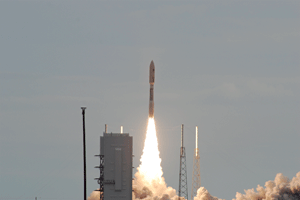 |
|
|
|||||||
 |
|
|||||||||
 |
|
|||||||||
 |
|
|||||||||
|
|
 |
|
||||||||
|
|
|
|||||||||
 |
|
|||||||||
 |
|
|||||||||
 |
|
|||||||||
 |
|
|||||||||
 |
 |
|
|
|||||||
|
|
|
|||||||||
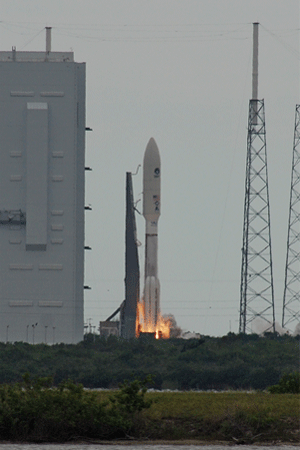 |
|
|||||||||
 |
|
|||||||||
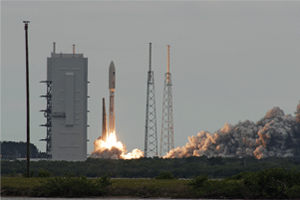 |
|
|||||||||
 |
|
|||||||||
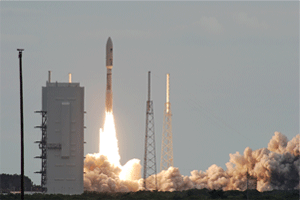 |
|
|||||||||
 |
|
|||||||||
|
|
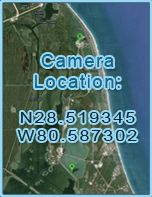 |
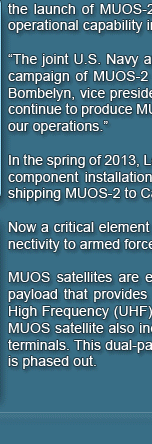 |
|
|||||||
 |
|
|||||||||
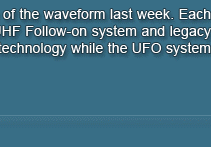 |
|
|||||||||
|
|
|
|
|
|
|
|
|
|
|
|

|
|
The Mobile User Objective System (MUOS) is an Ultra High Frequency (UHF) (300 MHz to 3 GHz frequency range) SATCOM system, primarily serving the DoD. The MUOS will replace the legacy UHF Follow-On (UFO) system before that system reaches its end of life to provide users with new capabilities and enhanced mobility, access, capacity, and quality of service. Intended primarily for mobile users (e.g. aerial and maritime platforms, ground vehicles, and dismounted soldiers), MUOS will extend users' voice, data, and video communications beyond their lines-of-sight. The MUOS operates as a global cellular service provider to support the war fighter with modern cell phone-like capabilities, such as multimedia. It converts a commercial third generation (3G) Wideband Code Division Multiple Access (WCDMA) cellular phone system to a military UHF SATCOM radio system using geosynchronous satellites in place of cell towers. By operating in the UHF frequency band, a lower frequency band than that used by conventional terrestrial cellular networks, the MUOS provides warfighters with the tactical ability to communicate in "disadvantaged" environments, such as heavily forested regions where higher frequency signals would be unacceptably attenuated by the forest canopy. The MUOS constellation will consist of four operational satellites and one on-orbit spare. MUOS will provide military point-to-point and netted communication users with precedence-based and pre-emptive access to voice, data, video, or a mixture of voice and data services that span the globe. Connections may be set up on demand by users in the field, within seconds, and then released just as easily, freeing resources for other users. In alignment with more traditional military communications methods, pre-planned networks can also be established either permanently or per specific schedule using the MUOS' ground-based Network Management Center. The Navy's Communications Satellite Program Office (PMW 146) of the Program Executive Office (PEO) for Space Systems in San Diego is lead developer for the MUOS Program. Lockheed Martin is the Prime System Contractor and satellite designer for MUOS under U.S Navy Contract N00039-04-C-2009, which was announced September 24, 2004. The cost-plus-incentive-fee-and-award-fee contract award for the MUOS defined a base period-of-performance of seven years valued at $2,110,886,703. The base contract provides for an Initial Operational Capability comprising two satellites with the associated MUOS ground control elements. The contract also defined contract options which, if exercised, would add four years and $1,154,948,927 to the base. Key subcontractors include General Dynamics (Ground Transport architecture), Boeing (Legacy UFO and portions of the WCDMA payload) and Harris (deployable mesh reflectors). The first MUOS satellite was scheduled for launch in late 2009 with on-orbit capability achieved in 2010. From Lockheed Martin... The MUOS constellation will provide significantly improved and secure communications for mobile warfighters, including simultaneous voice, video and data services � similar to the capabilities experienced today with smart phones. The first MUOS satellite, launched February 24, and the associated ground system are currently providing legacy on orbit capability, followed by the launch of MUOS-2 in 2013. The five-satellite, global constellation is expected to achieve full operational capability in 2015. �The joint U.S. Navy and Lockheed Martin MUOS team completed an efficient integration and test campaign of MUOS-2 and we look forward to delivering this critical satellite for launch,� said Iris Bombelyn, vice president of Lockheed Martin�s Narrowband Communications mission area. �As we continue to produce MUOS satellites, we expect to drive even greater efficiency and affordability into our operations.� In the spring of 2013, Lockheed Martin will remove the satellite from storage, perform final spacecraft component installations and conduct a final factory confidence test in Sunnyvale, Calif., prior to shipping MUOS-2 to Cape Canaveral Air Force Station, Fla., for its launch aboard an Atlas V rocket. Now a critical element of U.S. national security, military satellite communications delivers vital connectivity to armed forces around the globe, making warfighters safer and more effective. MUOS satellites are equipped with a Wideband Code Division Multiple Access (WCDMA) payload that provides a 16-fold increase in transmission throughput over the current Ultra High Frequency (UHF) satellite system. Lockheed Martin announced completion and delivery of the waveform last week. Each MUOS satellite also includes a legacy UHF payload that is fully compatible with the current UHF Follow-on system and legacy terminals. This dual-payload design ensures a smooth transition to the cutting-edge WCDMA technology while the UFO system is phased out. |